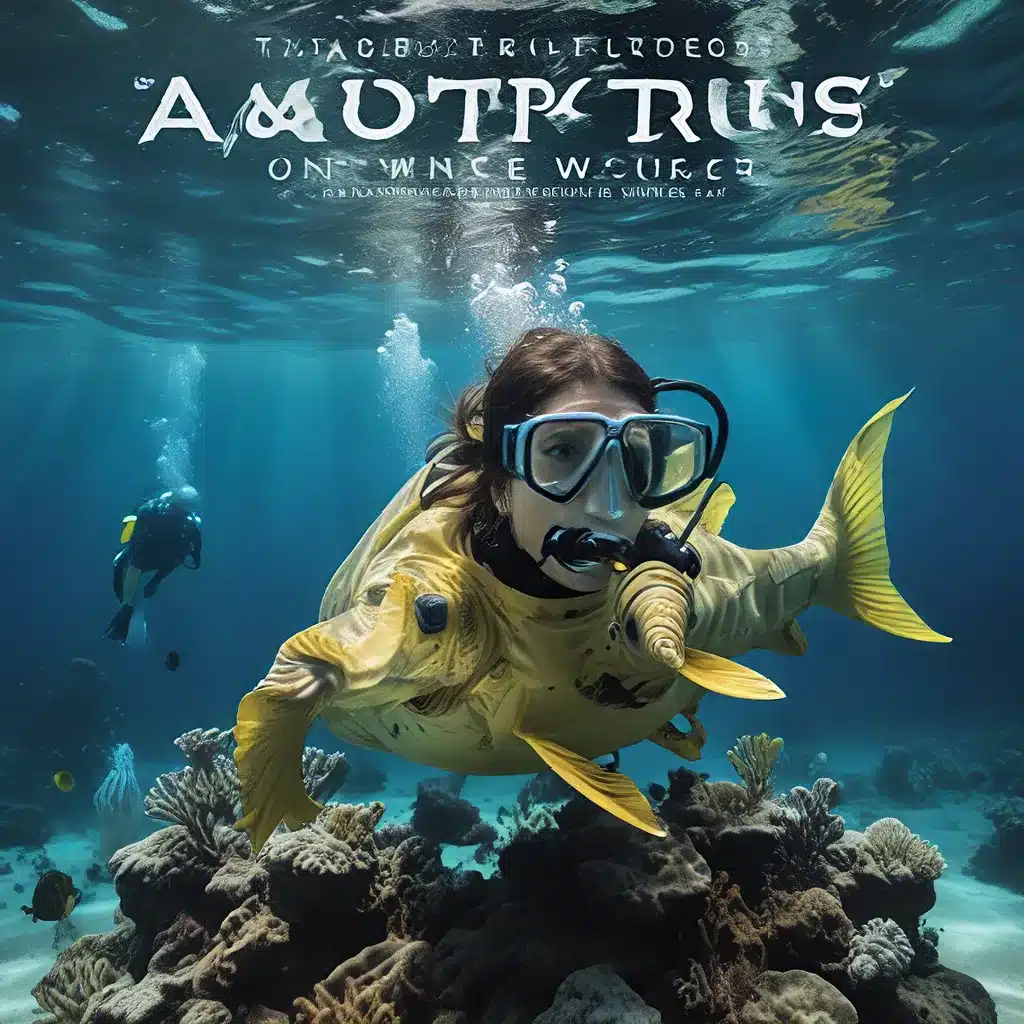
Discovering the Depths: Unlocking the Mysteries of Marine Biodiversity
Our planet is a water world, with over 70% of its surface covered by vast, mysterious oceans. While the land-based ecosystems have long been the focus of scientific exploration and public fascination, the underwater realm remains largely unexplored and brimming with untold wonders. Aquarium enthusiasts and hobbyists, however, have long appreciated the captivating beauty and intricate diversity of aquatic life.
Through the use of cutting-edge technology and the tireless efforts of ocean explorers, we are beginning to uncover the hidden treasures that lie beneath the waves. From the sunlit upper regions to the pitch-black depths of the abyssal zone, each layer of the ocean harbors a symphony of life, adapted to thrive in their unique environments. Submersibles, remotely operated vehicles (ROVs), and advanced sonar mapping have allowed us to venture into realms that were once inaccessible, revealing a stunning array of marine organisms.
Exploring the Ocean Zones: A Realm of Wonders
The ocean is commonly divided into distinct zones, each with its own characteristic features and inhabitants. Let’s delve into the mysteries of these captivating underwater realms:
The Sunlit Zone
The uppermost layer of the ocean, known as the epipelagic or sunlit zone, is the most familiar to us. Bathed in the warm embrace of sunlight, this vibrant region is home to a diverse array of marine life, from colorful tropical fish to graceful sea turtles. Here, photosynthetic organisms like phytoplankton and coral reefs thrive, forming the foundation of the ocean’s intricate food web.
The Twilight Zone
Venture a little deeper, and you’ll enter the mysterious mesopelagic or twilight zone, where the sun’s rays begin to fade. This dimly lit realm is home to a bewildering array of bioluminescent creatures, from the mesmerizing lanternfish to the otherworldly anglerfish. These organisms have evolved remarkable adaptations to navigate the low-light conditions, often using their own glow to attract prey or communicate with potential mates.
The Abyss
Descending even further, you’ll reach the bathypelagic or abyssal zone, a realm of perpetual darkness and immense pressure. Here, the ocean floor is littered with an astonishing array of bizarre and often undiscovered lifeforms, from the giant isopod to the enigmatic giant squid. These creatures have adapted to the extreme conditions of the deep, often exhibiting unique features like enhanced sensory organs and bioluminescent lures to thrive in the pitch-black environment.
The Tools of Discovery: Unlocking the Oceans’ Secrets
Exploring the ocean’s depths would be impossible without the aid of advanced technology. Submersibles and remotely operated vehicles (ROVs) have played a crucial role in allowing scientists and researchers to venture into the most remote and extreme environments, unveiling the oceans’ secrets.
These specialized vehicles are equipped with a range of sensors and cameras that can capture high-resolution images and video, providing an unprecedented glimpse into the underwater world. Sonar mapping technologies, on the other hand, have allowed us to create detailed bathymetric maps of the seafloor, revealing the intricate topography of the ocean basins.
The Importance of Marine Biodiversity
Our oceans are home to an astounding array of life, from the microscopic plankton to the majestic whales. This marine biodiversity is not only a testament to the incredible resilience and adaptability of life, but it also plays a critical role in maintaining the delicate balance of our planet’s ecosystems.
Coral reefs, for instance, are known as the “rainforests of the sea,” providing essential habitat and resources for countless species of fish, invertebrates, and other marine organisms. These fragile ecosystems, however, are under threat from a variety of factors, including climate change, ocean acidification, and human activities.
Safeguarding the Oceans: Conservation Efforts
As we continue to explore and uncover the wonders of the underwater world, it is crucial that we also prioritize the conservation and protection of our oceans. Marine protected areas, sustainable fishing practices, and ocean cleanup initiatives are just a few of the ways we can work to safeguard these vital ecosystems.
Through collaborative efforts between scientists, policymakers, and the general public, we can ensure that the remarkable biodiversity of our oceans is preserved for generations to come. By fostering a greater appreciation and understanding of the ocean’s importance, we can all play a role in protecting and restoring these precious habitats.
Joining the Expedition: Exploring the Underwater World
The journey of ocean exploration is an ongoing one, and there are countless opportunities for individuals to get involved. Whether you’re an aquarium hobbyist, a citizen scientist, or simply someone with a deep fascination for the underwater realm, there are numerous ways to contribute to the exploration and conservation of our oceans.
From participating in citizen science projects to supporting marine conservation organizations, each of us can play a role in unveiling the wonders of the deep and ensuring the long-term health of our blue planet. So, let’s embark on this remarkable expedition together, and discover the captivating beauty and importance of the underwater world.

